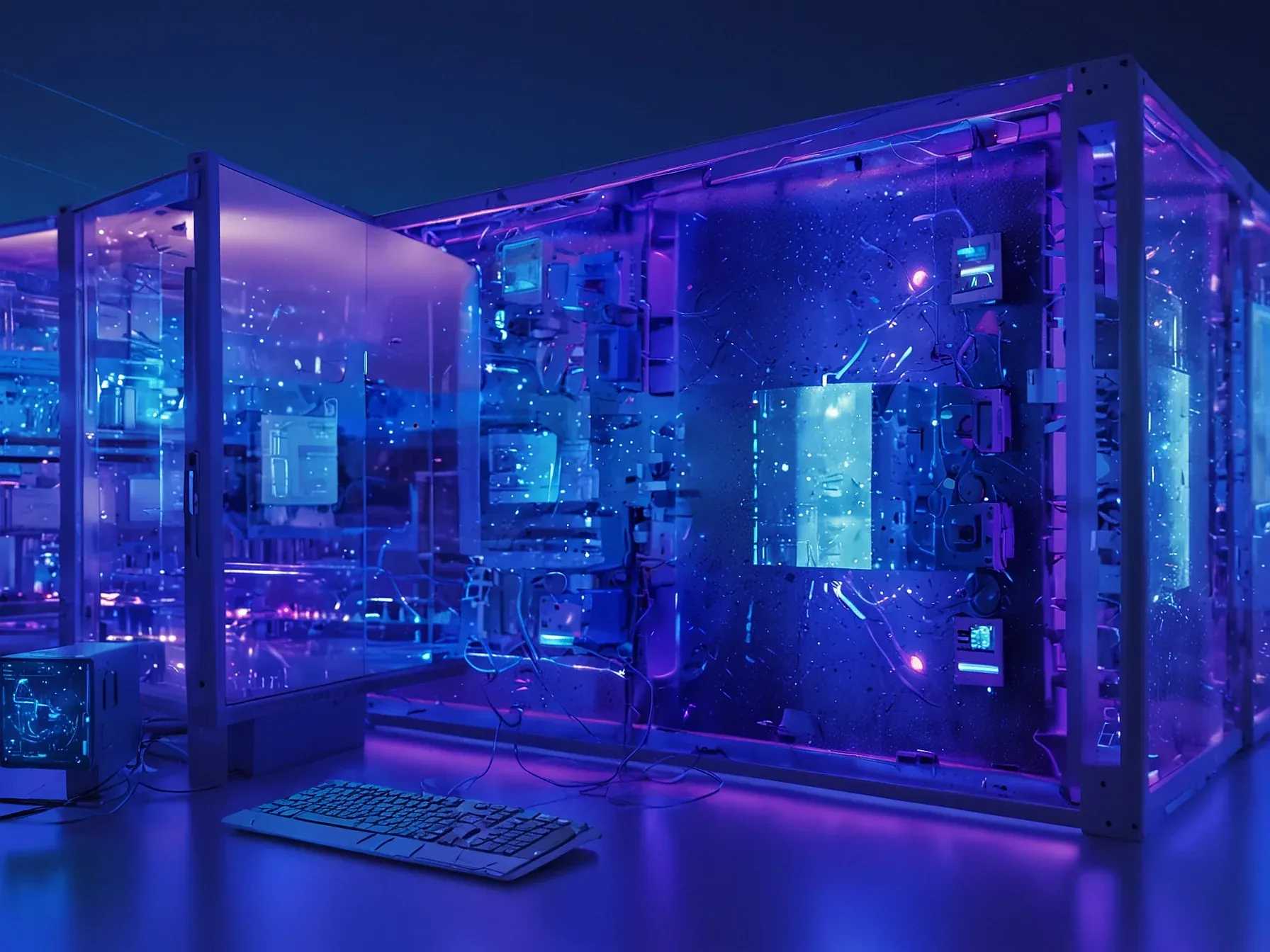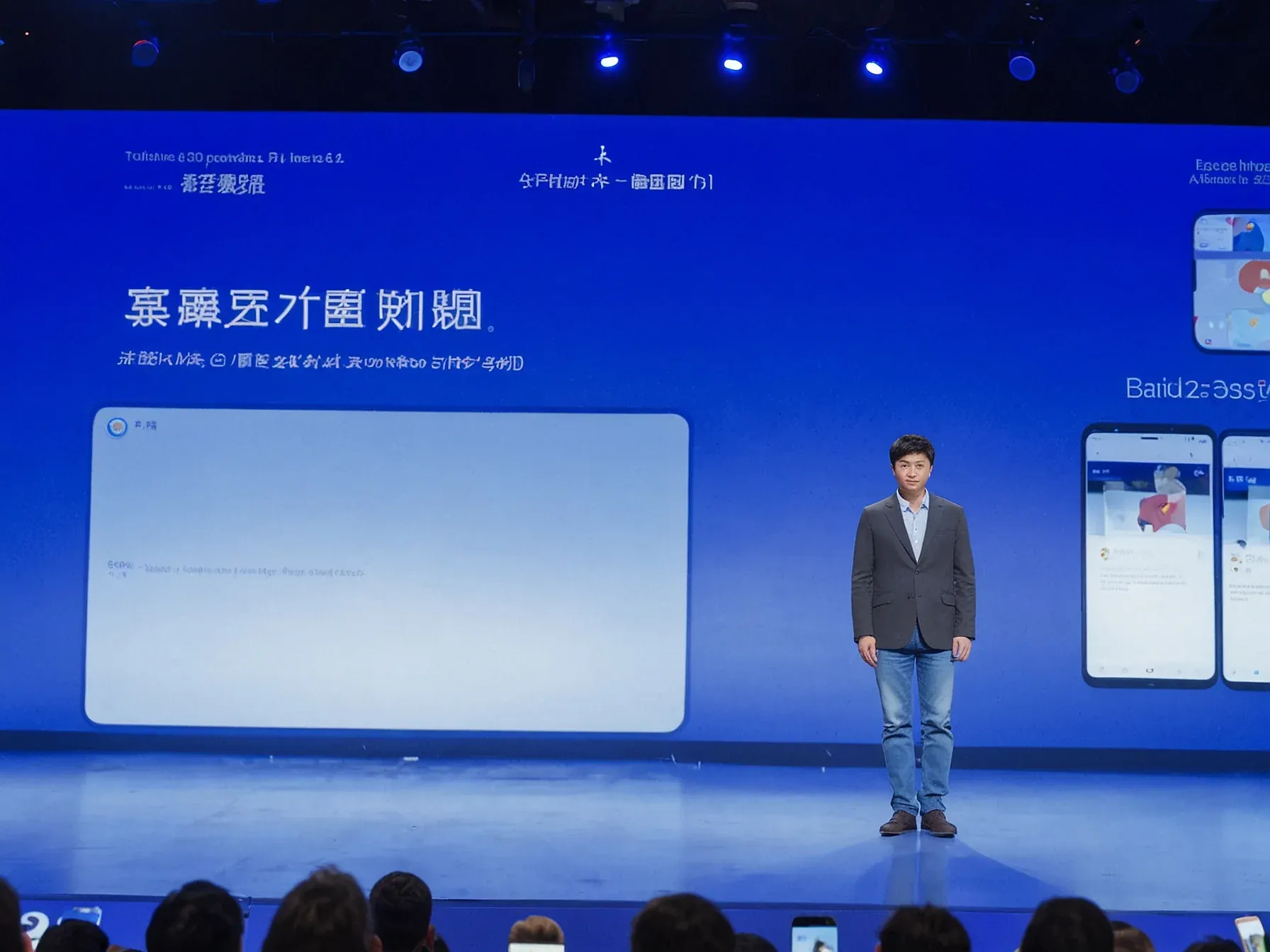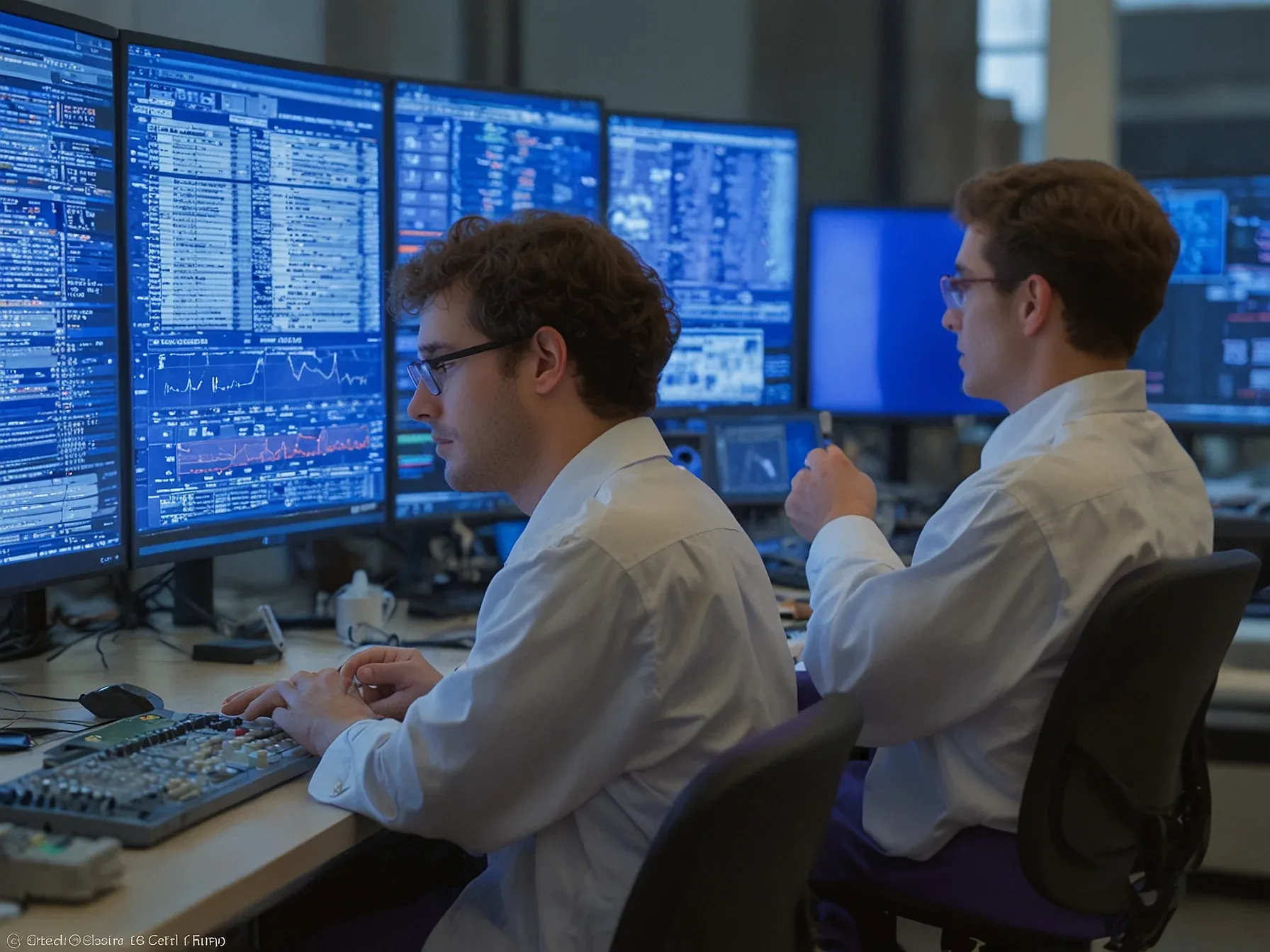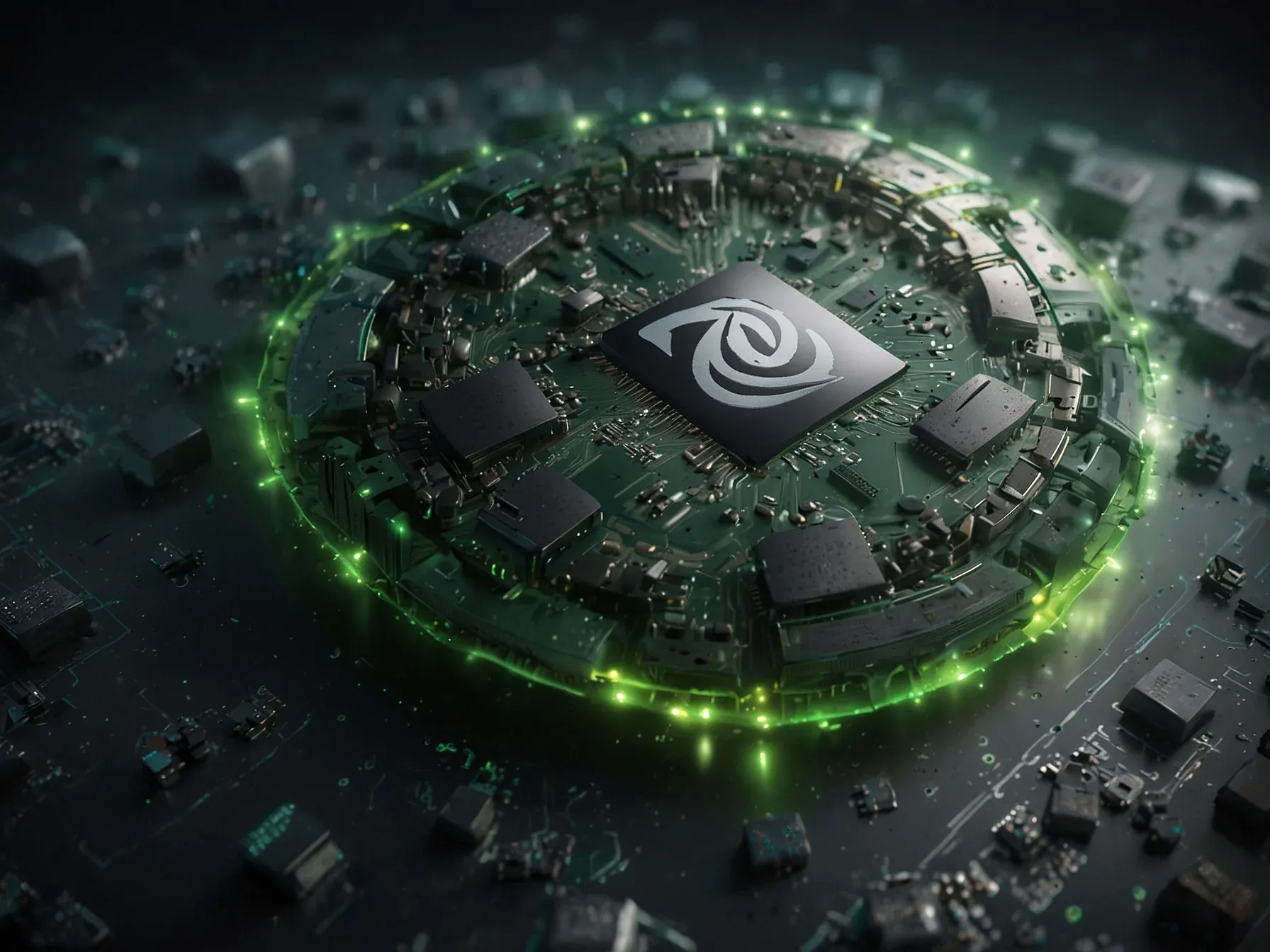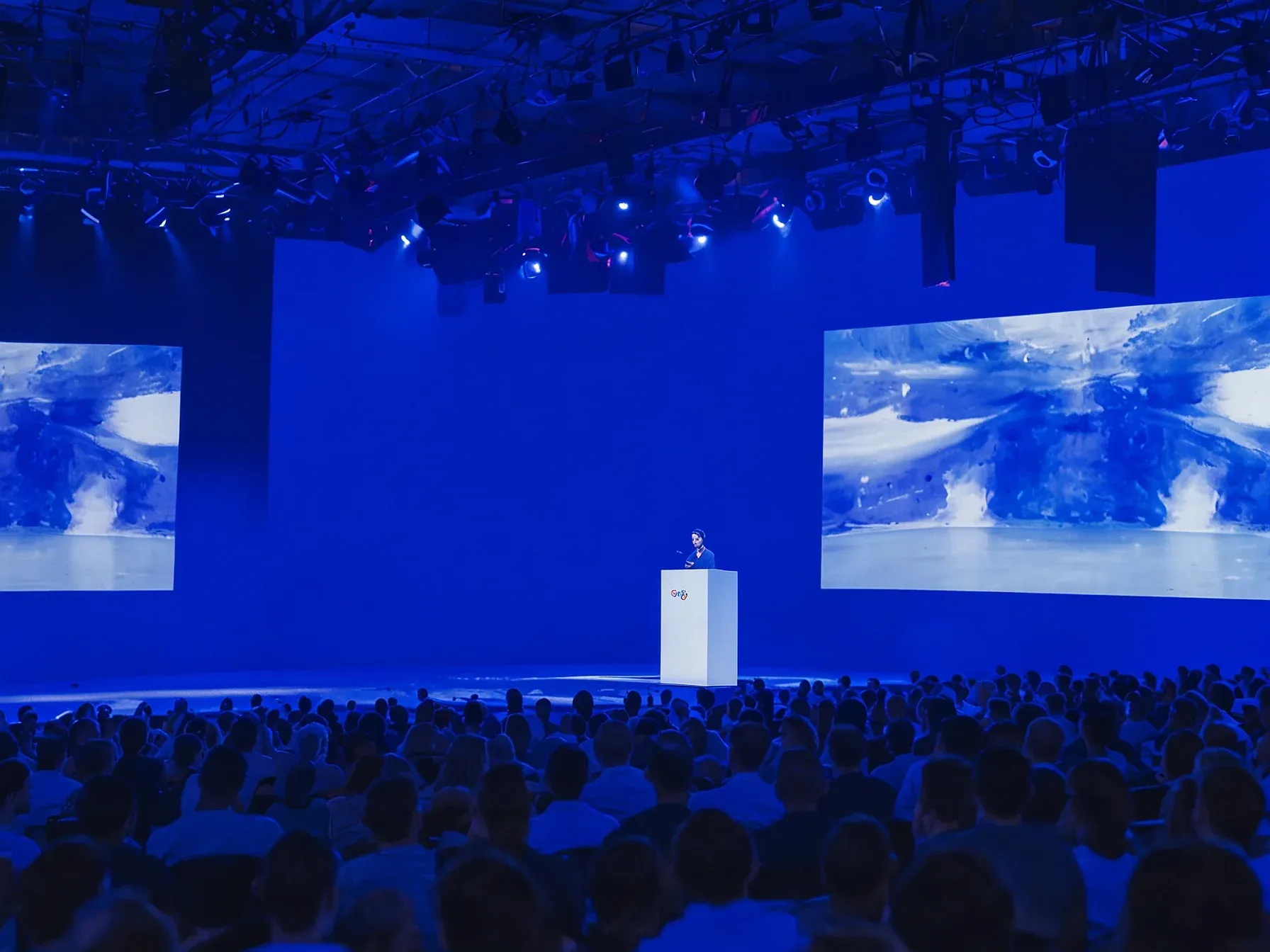
Google's unified AI stack adds multimodal tools to Search, Android, Workspace
Google’s latest AI rollout stitches together the company’s three biggest consumer faces—Search, Android and Workspace—into a single, multimodal experience. The move arrives after a period of intense competition with OpenAI, a rivalry that, according to the original headline, even shook NVIDIA’s market footing. By weaving vision, text and real‑time reasoning into the same codebase, Google hopes to turn what were once isolated features into a cohesive layer that works everywhere you type or speak.
The shift is more than a product update; it’s an attempt to redefine how users interact with the web, their phones and their office tools without hopping between separate apps. While the industry still talks about OpenAI’s flagship offering, Google’s strategy leans on breadth rather than a single, headline‑grabbing product. That contrast frames the significance of Patankar’s assessment, which follows.
According to Patankar, Google's new stack finally feels like a unified AI layer. Search, Android and Workspace all gain tightly integrated capabilities, from richer reasoning to real-time multimodal understanding. He said that while OpenAI still dominates the story around a single powerful app, Google is trying to build AI into the way people use their devices every day. "If they can keep this stable at scale, it changes the battlefield completely." Shrivastava said many people believed "Google Search was finished", but AI Mode shows it is "far from over and has actually got better." He also pointed out that more than 13 million developers are now using Google's generative AI models.
Google’s new AI stack stitches together Search, Android and Workspace, offering richer reasoning and real‑time multimodal understanding, according to Patankar. Yet the rollout follows a rocky start: Bard’s 2023 slip‑up about the James Webb telescope and Gemini’s 2024 criticism still linger in the public memory. The unified layer suggests Google is aiming for tighter integration across its products, but whether this translates into noticeably better user experiences remains unclear.
OpenAI continues to dominate conversations around a single, powerful app, a point Patankar acknowledges, hinting that Google’s broader approach may not yet have captured the same headline attention. Meanwhile, the shift has rattled NVIDIA, indicating that hardware partners feel the impact of Google’s accelerated AI ambitions. Skeptics will watch how developers and end‑users adopt these multimodal tools, and whether the promised reasoning gains hold up under real‑world workloads.
The coming months should reveal if Google’s unified stack can overcome past missteps and establish a durable foothold in the competitive AI arena.
Further Reading
- 8 Must-Know Google AI Updates For May 2025 (Expert Guide) - Empathy First Media
- Google launches its ultimate offensive in AI from Next 2025 - Sngular
- 100 things we announced at I/O 2024 - Google Blog
- Google's AI Strategy and 11 Key Developments - AIMultiple
- Google AI Studio 2025: Unified Playground Guide (Gemini+Veo) - HumAI Blog
Common Questions Answered
What does Google's unified AI stack combine across Search, Android, and Workspace?
The stack weaves vision, text, and real‑time reasoning into a single codebase, enabling multimodal tools that work wherever users type or speak. This integration aims to turn previously isolated features into a cohesive AI layer across all three consumer platforms.
How does the new multimodal capability differ from OpenAI's single‑app approach?
Google's approach embeds AI directly into everyday devices and services rather than focusing on one powerful app, offering richer reasoning and real‑time multimodal understanding across Search, Android, and Workspace. Patankar suggests this could change the competitive battlefield if it remains stable at scale.
What past issues does the article mention that could affect perception of Google's AI rollout?
The rollout follows Bard's 2023 mistake about the James Webb telescope and criticism of Gemini in 2024, both of which linger in public memory. These incidents raise questions about whether the new unified layer will deliver noticeably better user experiences.
Why is the competition with OpenAI described as having shaken NVIDIA's market footing?
Intense rivalry between Google and OpenAI has impacted the broader AI hardware market, with NVIDIA feeling pressure as both companies push advanced multimodal models. The article implies that Google's unified stack could further intensify this competition.
